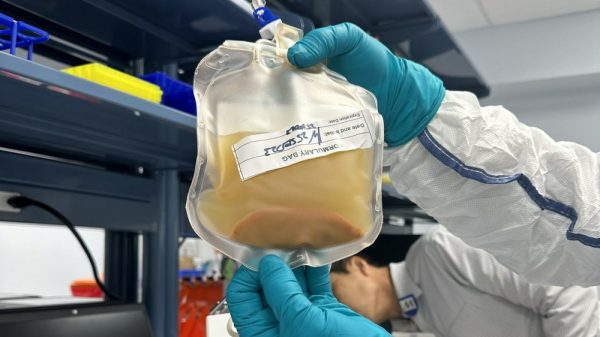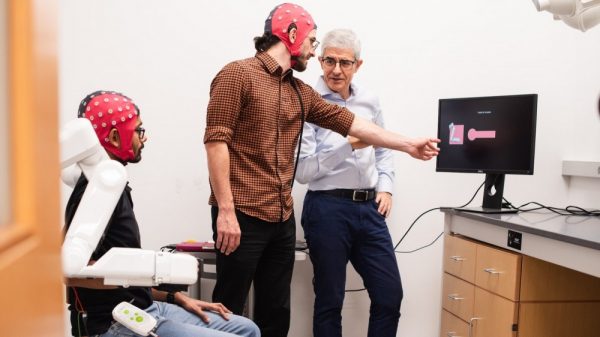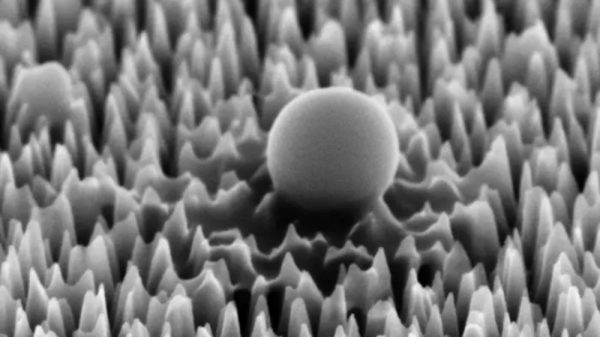In this open-label, randomized controlled study, Chinese researchers examined the effect of gua sha therapy in the treatment of diabetic peripheral neuropathy (DPN). Their results were published in the journal Complementary Therapies in Clinical Practice.
- A total of 119 subjects were recruited by the researchers, 60 were assigned to the gua sha group and 59 were assigned to the usual care (control) group.
- The treatment involved 12 consecutive sessions of gua sha that occurred once a week.
- Outcome measures for the study included Toronto Clinical Scoring System (TCSS), Vibration Perception Threshold (VPT), Ankle Brachial Index (ABI), and fasting plasma glucose (FPG).
- The researchers reported that after the first cycle of gua sha treatment, they found statistically significant differences between the two groups in terms of the performance of sensory function (VPT) and symptoms of peripheral artery disease (ABI).
- Total TCSS scores and FPG levels, on the other hand, were not different.
- At the eighth and 12th week of post-intervention assessment, gua sha therapy significantly reduced the severity of neuropathy symptoms, improved the performance of sensory function, reduced peripheral artery disease and regulated plasma glucose levels.
- Changes in the mean scores for TCSS, VPT, ABI and plasma glucose levels in the gua sha group were significant from baseline to week 12, suggesting that gua sha therapy induced progressive improvement of DPN symptoms, sensory function peripheral artery disease and blood glucose levels.
- Both groups reported no serious adverse events.
Based on these findings, the researchers concluded that gua sha therapy is a safe, effective and well-tolerated treatment that reduces DPN symptoms.
Journal Reference:
Xie X, Lu L, Zhou X, Zhong C, Ge G, Huang H, Zhang X, Zeng Y. EFFECT OF GUA SHA THERAPY ON PATIENTS WITH DIABETIC PERIPHERAL NEUROPATHY: A RANDOMIZED CONTROLLED TRIAL. Complementary Therapies in Clinical Practice. May 2019;35:348–352. DOI: 10.1016/j.ctcp.2019.03.018
Share this content:















Post Comment